AMERICA IN WWII - NEWS FOR TROOPS PART II
Posted: Wed Apr 04, 2012 2:26 pm
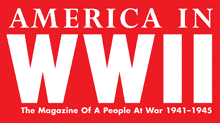

The war. The home front. The people
_______________________________
A loosely chronological photo gallery of the Battle of the Philippine Sea. (2nd part)
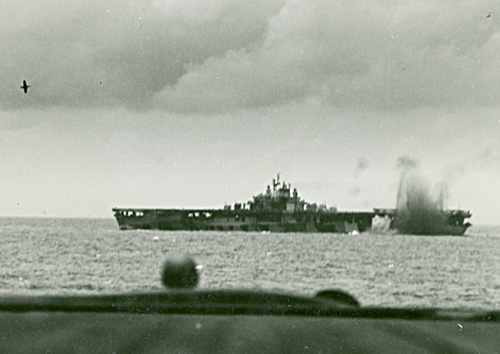
A Japanese dive bomber flies off after just missing TAsk Group 58.2 carrier USS Bunker Hill (CV-17) on June 19.
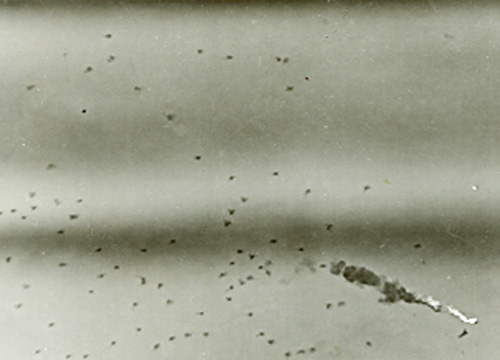
A Japanese plane that attemped to attack Task Group 58.3 goes downin flames on June 19.
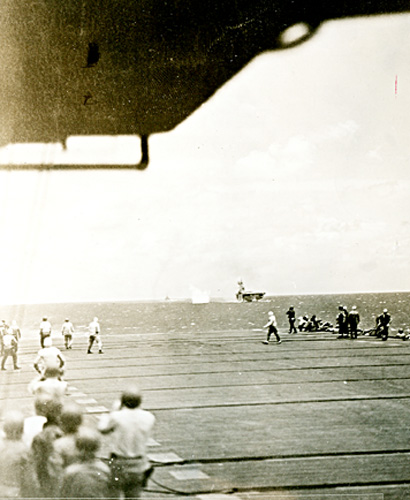
Flight deck crewmen of the USS Cabot (CVL-28 ) watch as a shot-down Japanese plane crashes into the sea just aft of the Bunker Hill on June 19
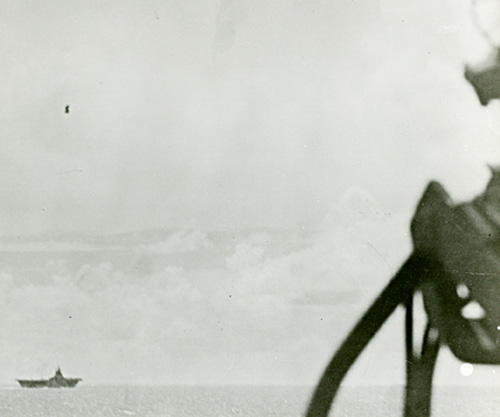
A JApanese dive bomber scream down to attack the carrier USS Wasp (CV-18 ), June 19.
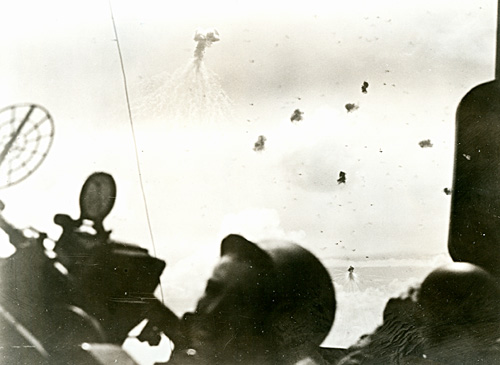
Anti-aircraft gunners aboard the Wasp fight back, firing into the sky at Japanese planes.
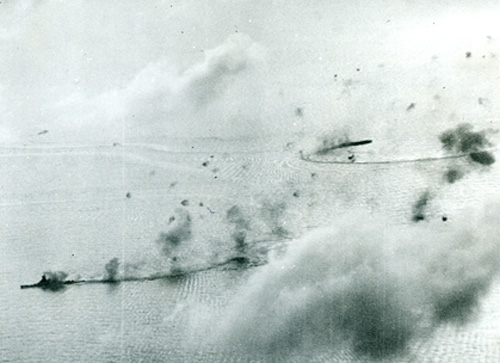
A Japanese Kongo- Class Battleship, already smokingfrom bombs hits by Task Force 58 planes, takes evasive action to avoid further hits on June 20, during an attack on the retreating Japanese fleet. The circling ship to the right is a Japanese Carrier.
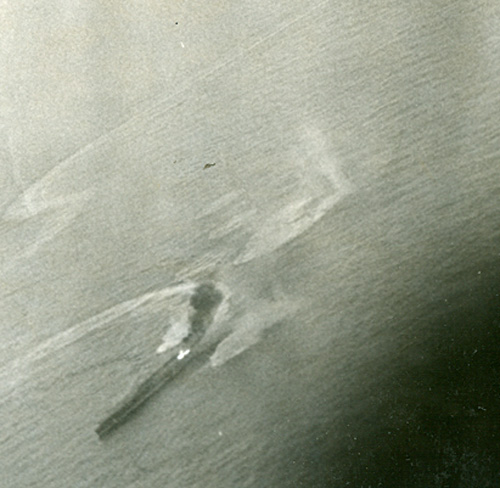
Smoke rises from a bombed Japanese carrier on June 20
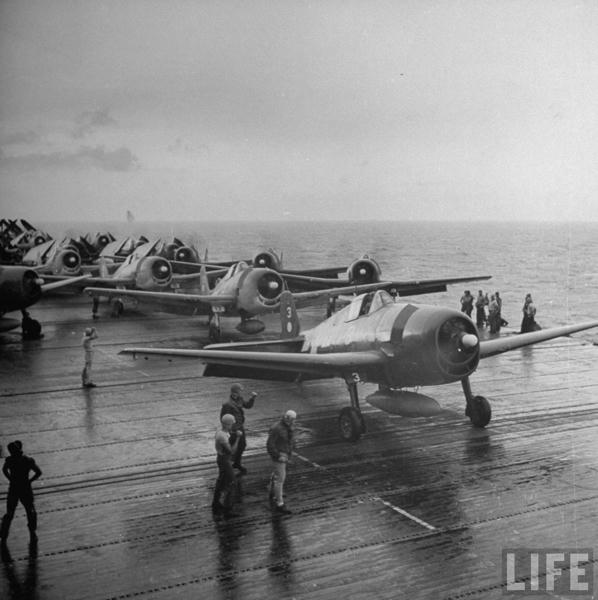
Aboard Lexington during the Marianas Turkey Shoot

Lt. (jg) Alexander Vraciu in his Grumman F6F after the "Mission Beyond Darkness" during the Battle of the Philippine Sea (June 20, 1944), in which he was escorting bombers in an attack on the Japanese Mobile Fleet, he downed his 19th victim, making him the #1 Navy Ace by a considerable margin (a position he would hold for four months).

Then-Lieutenant (j.g.) Alexander Vraciu aboard U.S.S. Lexington shortly after downing six Japanese "JUDY" dive bombers in a span of eight minutes during the First Battle of the Philippine Sea, 19 June 1944. This is one of the most famous images of World War II.

Grumman F6F-Hellcat fighter USS Lexington pilots
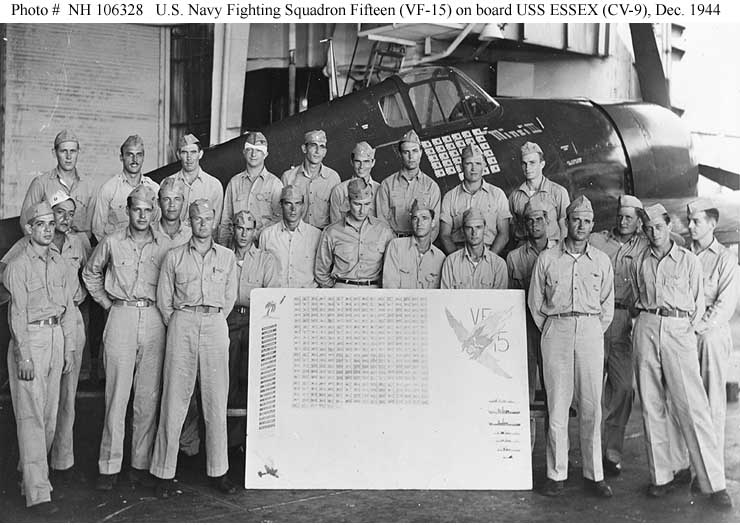
U.S. Navy Fighting Squadron Fifteen (VF-15)
Squadron's top pilots pose On board USS Essex (CV-9) at the end of a six-month tour of duty in the Pacific, that included the Battles of the Philippine Sea (June 1944).
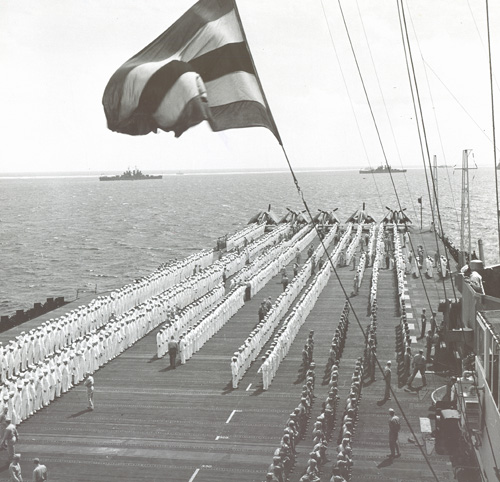
USS Hornet's crew stands at attention during an ispection by Task Force 58 commander Vice Admiral Mark A. Mitscher after the Battle that left Japan without Carrier Air Power.
__________________________________________
